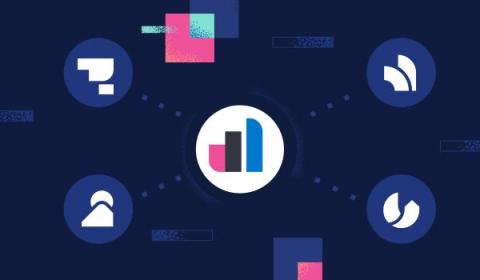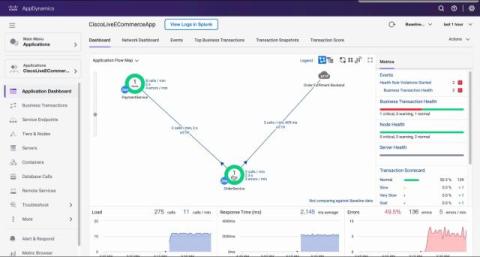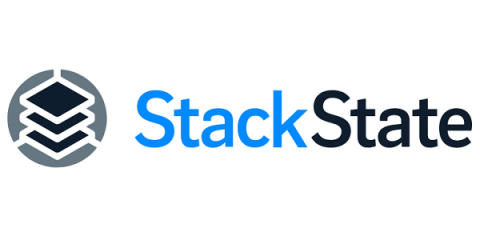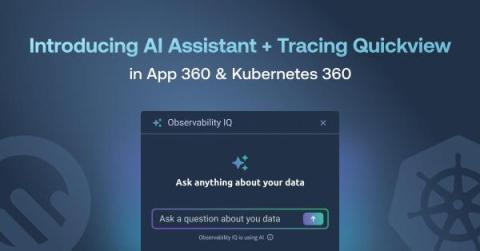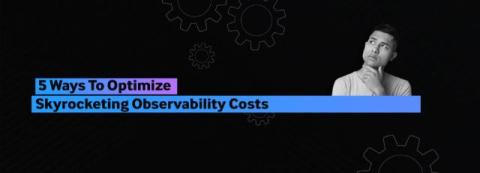Elastic Observability 8.14: New feature for SLO, AI Assistant, and .NET for Universal Profiling
Elastic Observability 8.14 announces the general availability (GA) of key Service Level Objective (SLO) management capabilities, additional enhancements to the Elastic AI Assistant for Observability, alerting improvements, and Universal Profiling for.NET. Enhanced SLO management capabilities: Enhanced AI Assistant capabilities.


